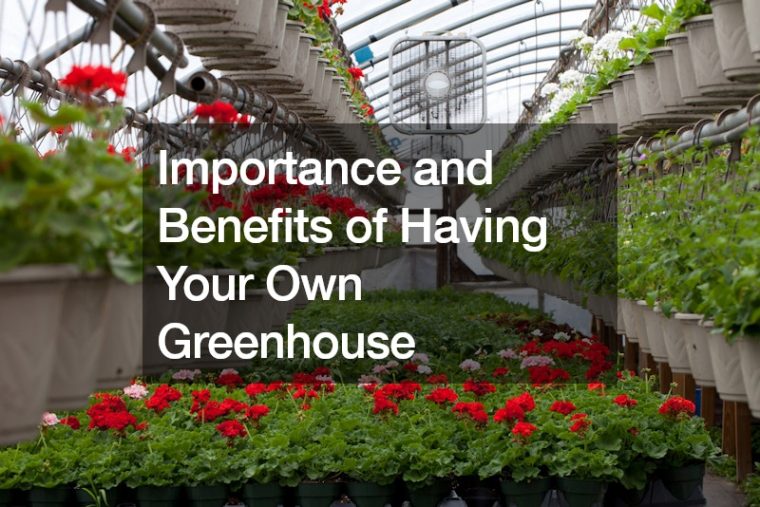Month: March 2024
Creating that ‘wow’ factor for your home doesn’t have to be as daunting as it sounds. Boosting your home’s modern curb appeal can be a fun and rewarding project. Think of your home’s exterior as the cover of a book, setting the stage for the story inside. (And who doesn’t…
According to the video, several questions surround arborist tree ropes. One question is regarding the quality of the ropes. If you pay more for your rope, is it a better rope? The short answer is yes, you’ll get better quality ropes that can sustain heavier weights, and the longevity of…
So, you have finally decided that that big, beautiful, dead tree in the front yard has to go, even though some in the family thought so years ago, but now what? Well, tree removal, especially for anything larger than a starter tree, will require professional tree and limb removal services…
Are you thinking of a home remodeling project? If yes, you’re in the right place. Firstly, a home renovation project isn’t a walk in the park, and a minor mistake can quickly turn costly. So, it’s better to start it right than to drown in regrets. According to the Lantern,…
Greenhouses have long been celebrated as essential tools for gardeners and farmers alike, providing controlled environments for plants to thrive regardless of external conditions. The importance and benefits of having your own greenhouse cannot be overstated, as they offer numerous advantages for both hobbyists and commercial growers alike. Maximizing Growing…




